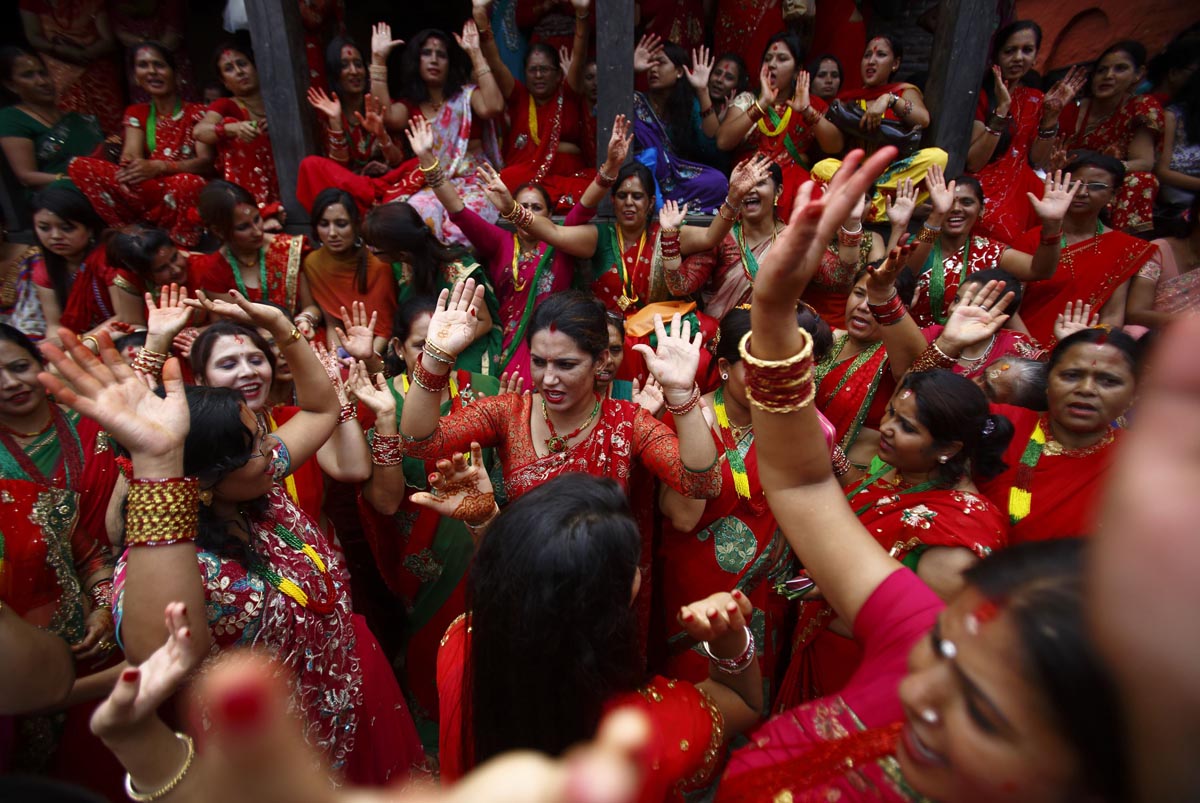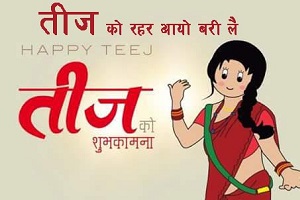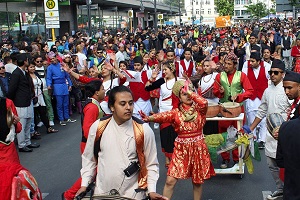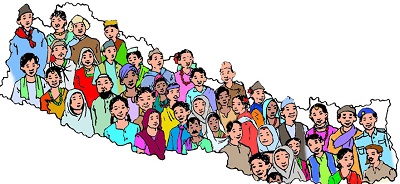Teej-“Festival of women”👩
Teej is a common name among numbers of festivals celebrated by women , it is mostly celebrated by nepalese women and in some parts of India . Teej welcomes the monsoon season and is celebrated mainly by girls and women with songs, dancing and prayer rituals .We celebrate Teej festival every year in Nepali month Bhadra . Teej is observed in the belief of marital happiness , well-being of spouse and children and purification of own body and soul . Teej is also known as haritalika teej, it is totally dedicated to goddess parvati and her union with lord shiva. It is the most famous festival among nepalese women.

Haritalika teej exemplify the sacrifice of a wife to win the mind and heart💕 of her husband . According to hindu myths, Goddess parvati approved out a rigorous fast for One hundred eight years to prove her love and devotion for lord shiva before he accepted her as his wife. Teej. therefore honors the devotion of goddess parvati -known as teej mata .
It is celebrated all over nepal for three days. Adorned in red sarees , tika , bangles women sing and dance in traditional folk songs which added flavor to traditional values of teej. It is especially significant for married women, when they get a special invitation to visit there maternal house for feast. It is fascinating to see women in “Red” dancing💃 and singing on the street , going to temple and fasting. On this day devotees do not eat and drink the whole day. They first offer worship to lord shiva and spend the rest of the day singing and dancing in the temple premises. Though the women fast throughout the day -refusing to take even a drop of a water , Teej brings smile on the faces of womens.



